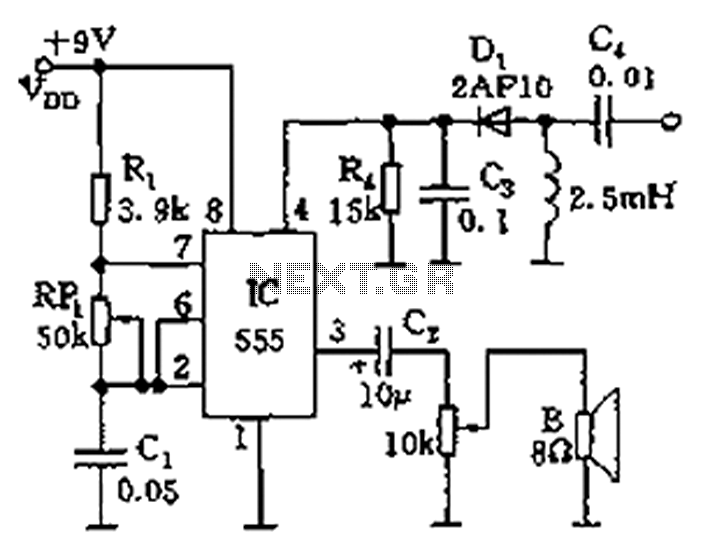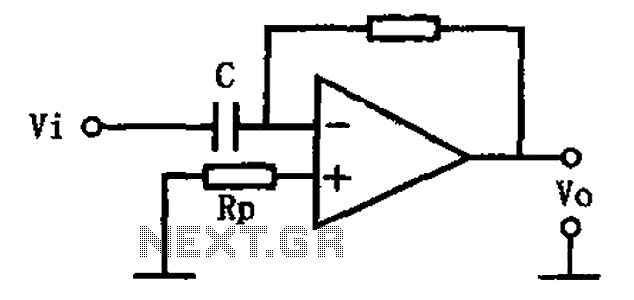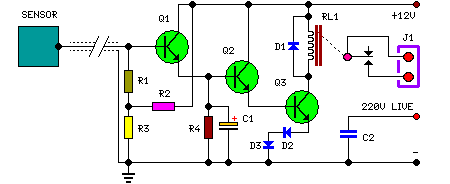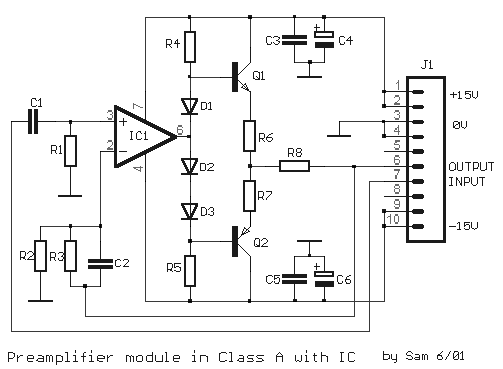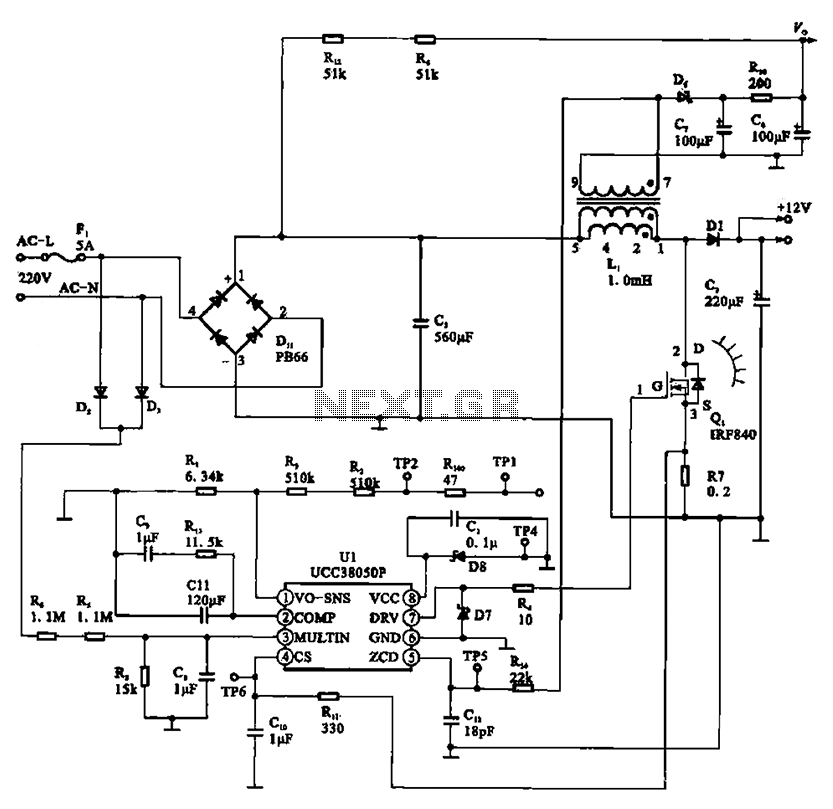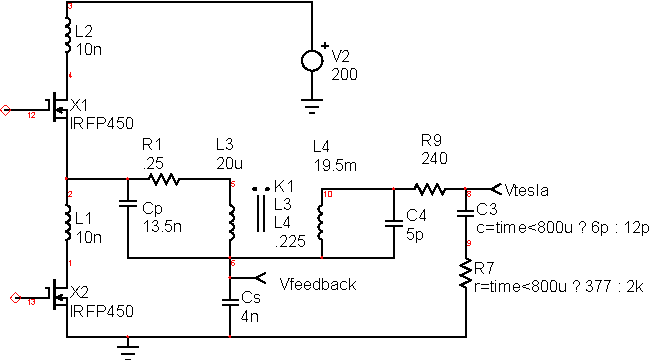
bells ring generator circuit schematic
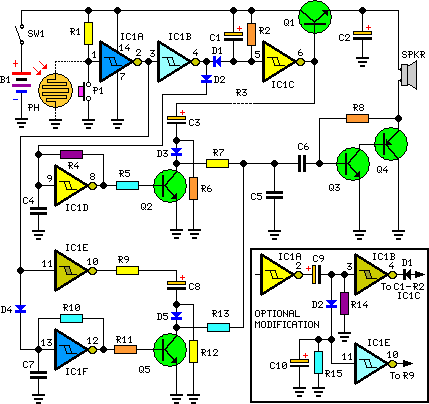
This circuit generates dual-tone bell ringing similar to most doorbell units. It can be used in various applications beyond just doorbells. Several options will be provided in the notes to accommodate different needs. The circuit, as depicted in the diagram, produces a "Ding-tone" when P1 is pressed and a "Dong-tone" when P1 is released. IC1D serves as the first-tone frequency generator, while IC1F generates the second tone.
The dual-tone bell circuit is designed to create an auditory signal that can be utilized in a variety of applications, including alarms and notifications, in addition to traditional doorbell functions. The circuit is primarily composed of two integrated circuits (ICs), which are responsible for generating distinct frequencies corresponding to the "Ding" and "Dong" sounds.
When the push button switch P1 is engaged, it activates IC1D, which generates the "Ding-tone." This tone is typically higher in frequency, providing a sharp and clear sound that captures attention. Upon releasing the button, IC1F is activated, producing the "Dong-tone," characterized by a lower frequency that resonates longer, creating a pleasing contrast to the initial tone.
The circuit can be enhanced with additional features such as adjustable tone duration, volume control, or even the inclusion of multiple tone options for different scenarios. For instance, incorporating a variable resistor in the circuit can allow for fine-tuning of the frequency output, enabling customization based on user preference or specific application requirements.
Furthermore, the design can be adapted to operate with various power sources, including battery or mains power, making it versatile for different installation environments. The output can also be connected to various types of bells or speakers, allowing for integration into existing systems or standalone setups.
In summary, this dual-tone bell circuit is a flexible solution for generating distinct auditory signals, with potential applications extending far beyond conventional doorbell use, making it a valuable addition to any electronic project requiring sound notifications.This circuit generates a dual-tone bells ringing similar to most door-bell units. It can be used in many applications other than door-bell. In the Notes below several options will be given in order to suit different needs. The circuit as shown in the diagram generates a ""Ding-tone"" when P1 is pressed and a ""Dong-tone"" when P1 is released. IC1D is the first-tone frequency generator and IC1F generates the second-tone.. 🔗 External reference
The dual-tone bell circuit is designed to create an auditory signal that can be utilized in a variety of applications, including alarms and notifications, in addition to traditional doorbell functions. The circuit is primarily composed of two integrated circuits (ICs), which are responsible for generating distinct frequencies corresponding to the "Ding" and "Dong" sounds.
When the push button switch P1 is engaged, it activates IC1D, which generates the "Ding-tone." This tone is typically higher in frequency, providing a sharp and clear sound that captures attention. Upon releasing the button, IC1F is activated, producing the "Dong-tone," characterized by a lower frequency that resonates longer, creating a pleasing contrast to the initial tone.
The circuit can be enhanced with additional features such as adjustable tone duration, volume control, or even the inclusion of multiple tone options for different scenarios. For instance, incorporating a variable resistor in the circuit can allow for fine-tuning of the frequency output, enabling customization based on user preference or specific application requirements.
Furthermore, the design can be adapted to operate with various power sources, including battery or mains power, making it versatile for different installation environments. The output can also be connected to various types of bells or speakers, allowing for integration into existing systems or standalone setups.
In summary, this dual-tone bell circuit is a flexible solution for generating distinct auditory signals, with potential applications extending far beyond conventional doorbell use, making it a valuable addition to any electronic project requiring sound notifications.This circuit generates a dual-tone bells ringing similar to most door-bell units. It can be used in many applications other than door-bell. In the Notes below several options will be given in order to suit different needs. The circuit as shown in the diagram generates a ""Ding-tone"" when P1 is pressed and a ""Dong-tone"" when P1 is released. IC1D is the first-tone frequency generator and IC1F generates the second-tone.. 🔗 External reference
